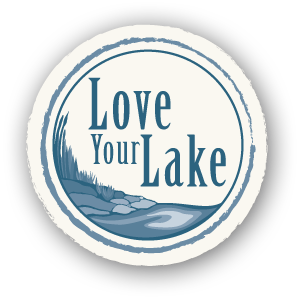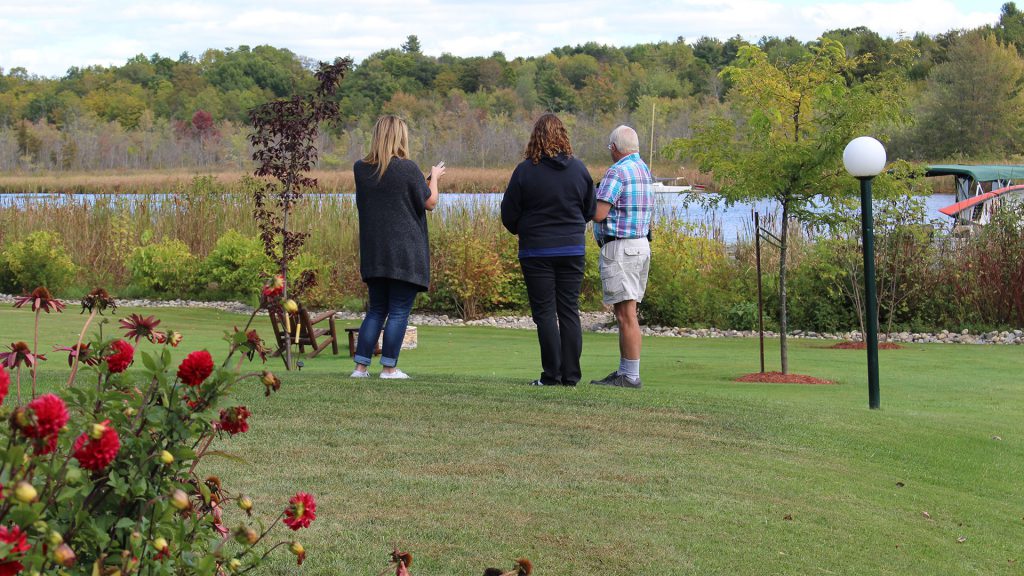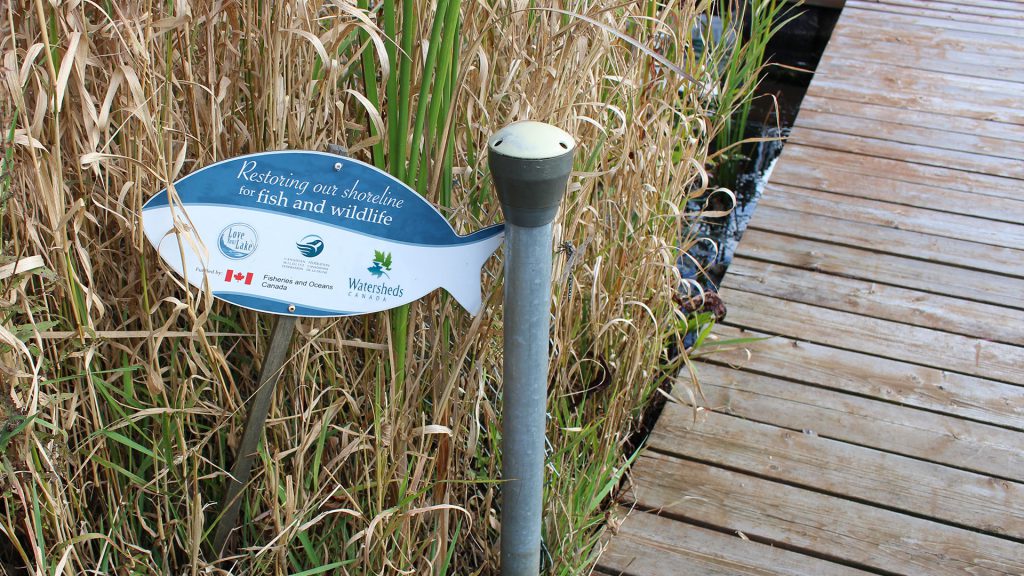Find a balance between animal demand and available forage supply
Varying the number of livestock on your pasture at different times will balance your land’s carrying capacity ensuring forage is maintained and protecting your shoreline.
Reduce grazing during spring and summer
This is when soils around banks are saturated and vulnerable to trampling damage. Imposing grazing limits on pastures during these vulnerable times will encourage plant regrowth and reduce shoreline degradation.
Have an upland water source
According to recent research, implementing an upland water source will greatly reduce the environmental impacts of your livestock along the shoreline.
Maintain shoreline buffers
The roots of the vegetation will filter the runoff, hold soil in place and reduce the amount of fertilizers and pesticides that enter your lake ¾ all of which protects against erosion. For more information on shoreline buffers, please visit Shoreline Restoration.
Join our community
Stay up-to-date on the Love Your Lake program by receiving free updates on Canada’s lakes and rivers.
Program co-ordinated by:







